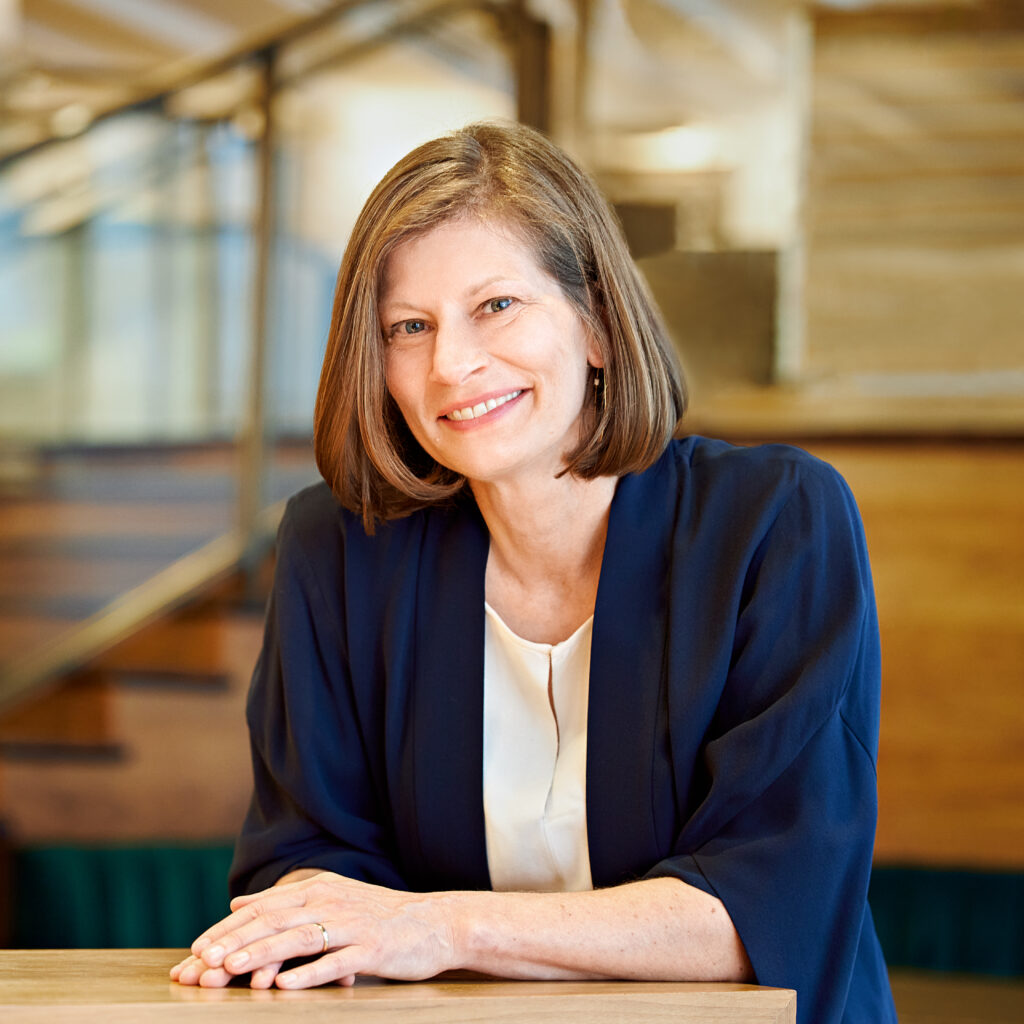
The National Museum of the American Latino opened the Molina Family Latino Gallery at the National Museum of American History in June. The 4,500-sq. ft. gallery is the Smithsonian’s first gallery dedicated to the Latino experience and Latino contributions to the United States. Designed to engage multigenerational and cross-cultural audiences, the Molina Family Latino Gallery integrates the universal principles of inclusive and accessible design. The content and overall experience are in English and Spanish and accessible to diverse visitors with varying physical, sensory, and brain-based conditions. Inform sat down for a conversation with Alyson Steele, FAIA, LEED AP, principal-in-charge for Quinn Evans, on the design of the gallery.
You’ve designed many museums, landmarks, and sacred sites, so you have a lot of experience in addressing the importance of cultural institutions in your designs. What does the Molina Family Gallery mean for Latino cultures?
Latino cultures are so varied and diverse that I expect it means different things to different people. However, having a physical space telling powerful stories of Latino History at our National Museum of American History makes Latino culture more visible, which is very powerful and important. Recognizing the Latino history in American history is critical.
Would you expand on how the design of the Gallery engages multigenerational and cross-cultural audiences?
We set out to design a space that would welcome everyone regardless of age, background, and ability. This means responding to the needs of people with different physical abilities, learning styles, and even sensory profiles in a single space. We designed the space to provide great experiences for everyone and to give the visitors the ability to choose how they engage with the content. Some people prefer digital media, while others prefer to see authentic objects and read about them. People like to move through exhibitions at their own unique pace, alone, as families or in groups. Others like to linger, or may need a place to rest, people watch, and contemplate. This gallery responds to all those needs in a way that everyone can participate in their own ways, together.
Why was it important to focus on making this gallery accessible to visitors with physical, sensory and brain-based conditions?
The emphasis on physical, sensory, and brain-based conditions came from observing visitors on the National Mall and from working with leaders at Smithsonian Access. We observed that many visitors to the National Mall, who may be visiting once or twice in a lifetime, become fatigued by sensory overload. Family groups in particular, show signs of stress as their members have different sensory needs. Working with leaders at Smithsonian Access, based on their experience and research, we could benefit from their advanced understanding of the accessibility needs of the broad audience visiting the National Mall. More importantly, we found that by focusing on real experience with expert collaborators, we were able to design a space that can support better experiences for everyone.
Given your extensive career in museum design, what do you think will be some of the key takeaways that visitors will experience at the Gallery?
The gallery demonstrates a richness of history and culture that has always been part of American history, that I hope everyone will appreciate. Seeing it come together, I am also struck by the longevity and resilience of Latino cultures and traditions, at same time how dynamic they are today. There is really something for everyone in this gallery.
There’s a long tradition in architecture of designing and building temporary structures — festival architecture in Meiji Japan, World’s Fairs pavilions in the late-19th and early 20th c., and so on. If this is meant to be a 10-year exhibit, did that horizon line have any impact on your intentions and plans for the design?
The gallery is designed to serve for a ten-year timeline, with changing exhibitions within the gallery every few years within that time frame. We were careful to determine a strategy for how the gallery would be accessible and provide great experiences overall first, with robust infrastructure, like power, AV-IT, lighting, casework, etc., that could accommodate change for new stories and exhibitions to be shared. In this way, the research and design work to create a great public exhibition for all would continue through the changing exhibitions. Planning for the new National Museum of the American Latino is in the works and we are happy that this gallery shares a preview of the rich and inspiring stories of our shared history.
This interview has been edited for length and clarity.
Team Three is an editorial and creative consultancy based in Washington, D.C.
